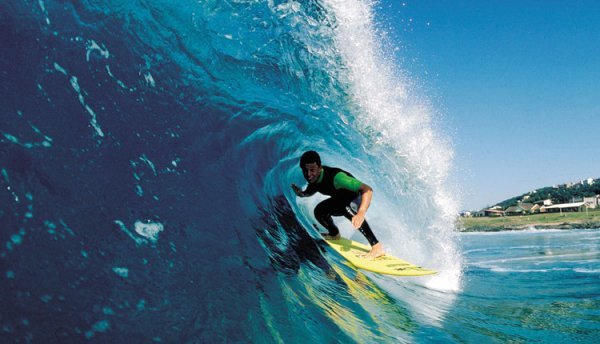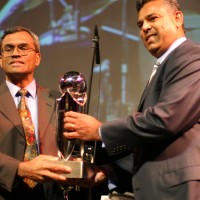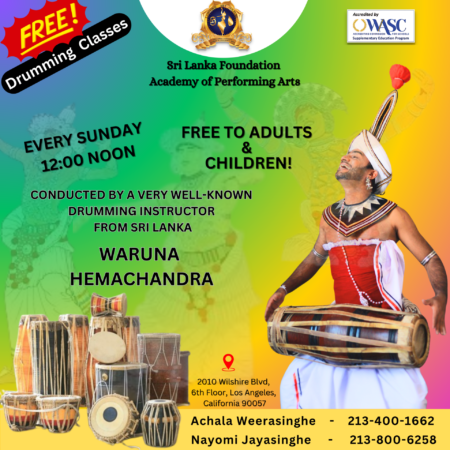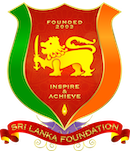Babies usually manage to totter around on two legs after 12 months, but my wobbly attempts at standing would make a toddler blush.
Time after time, I go from lying flat to crouching to standing, one leg in front of the other, before the tremors begin and I tumble into the white water in Sri Lanka’s Weligama Bay.
Surfing instructor Ruwan Vidanage shakes his head as he wades away to rescue the surfboard that is riding a wave into shore as I flounder in the shallows keeping an eye out for reef sharks and sea urchins.
It had seemed so much easier back on the sand as Ruwan talked through the basics of surfing, demonstrating how to read the waves and move from lying on the surfboard to standing in one dynamic move.
Yet his instructions are washed away with the cresting wave that propels the surfboard forward as I tumble sideways into a bubbling froth of water.
Weligama is ideal for beginner surfers because of its gentle swell, soft break and “also we don’t have a strong current”, Ruwan says. “That’s why people choose this area for surfing.”
For skilled surfers, the reef breaks at nearby Mirissa or Gurubebila offer more challenging waves and refuge from the flailing limbs and flying surfboards of beginners like yours truly.
The youngest of four sons and three daughters (“I’m the accident in the family”), Ruwan has a surfer’s laidback attitude to life, working for six months between November and April before taking off to surf on Sri Lanka’s east coast or in Bali.
A tropical idyll on the south coast of Sri Lanka – famed for its stilt fishermen – the calm waters and lively atmosphere of Weligama is a magnet for sun lovers and water babies of all breeds.
Thatched huts line the wide, sandy beach offering surf lessons and surfboard hire as well as other water sports. On the far side of the bay, fishing boats depart Mirissa Harbour for lengthy voyages into the Indian Ocean, while whale-watching boats take shorter jaunts along the coast.
Ruwan nods towards the distant point. “That’s where the boats head off to Australia,” he says. Their cargo is human hoping to find a better life in Australia. Tourism and cricket aside, Australia makes its presence felt in Sri Lanka with large billboards along the main highway and at Galle railway station depicting a rickety boat tossed around in stormy seas and an unwelcoming message from the Department of Immigration.
The coast is scattered with fishing villages and resorts offering ideal surfing conditions between October and April.
Weligama might be a starting point, but Sri Lanka’s most famous waves are on the more remote east coast at Arugam Bay, where a United Nations of surfers heads for the reef breaks and barrels. Another option is Hikkaduwa, a popular surf town with a variety of breaks and waves between one and three metres as well as a pulsating nightlife and on the south coast is Koggala, where sea turtles and reef sharks will be your fellow wave riders.
Sri Lanka’s south coast escaped much of the chaos of the country’s long-running civil war, but was devastated by the 2004 Boxing Day tsunami, which killed hundreds of people and damaged thousands of houses.
Weligama is around 30 kilometres from Galle, Sri Lanka’s second-largest city with its superb fort built by the Portuguese and Dutch, and accessible by road or rail. The train brushes past banana palms and vines as it threads its way along the southern coast from Galle to Matara, which has its own collection of forts and Buddhist temples.
No one-trick pony, Weligama is also known for beeralu lace-making, a legacy of Portuguese colonisers, and the Kusta Raja Gala sculpture or Rock of the Leper King.
The rock carving stands as a testament to medieval medicine, which apparently cured a royal case of the skin disease with coconut pulp.
Coconut remains a cure-all for all types of seaside mishaps, Ruwan says, soothing sunburn or reducing the swelling caused by treading on a sea urchin.
Back in the water at Weligama, the small ankle buster waves continue to roll evenly to shore, yet even Ruwan’s steadying hand on the surfboard as I attempt to stand counts for little.
“I’ve met many worse people,” he says later, trying to salve my wounded ego.
Surfing is harder than it looks, but stumbling and falling is immensely enjoyable in such a lovely setting.
www.bendigoadvertiser.com.au










![TV-Poster-All-Exhibition-Sri-Lanka-in-Focus-USA-2025[1]](https://www.srilankafoundation.org/wp-content/uploads/2025/04/TV-Poster-All-Exhibition-Sri-Lanka-in-Focus-USA-20251-450x450.jpg)











